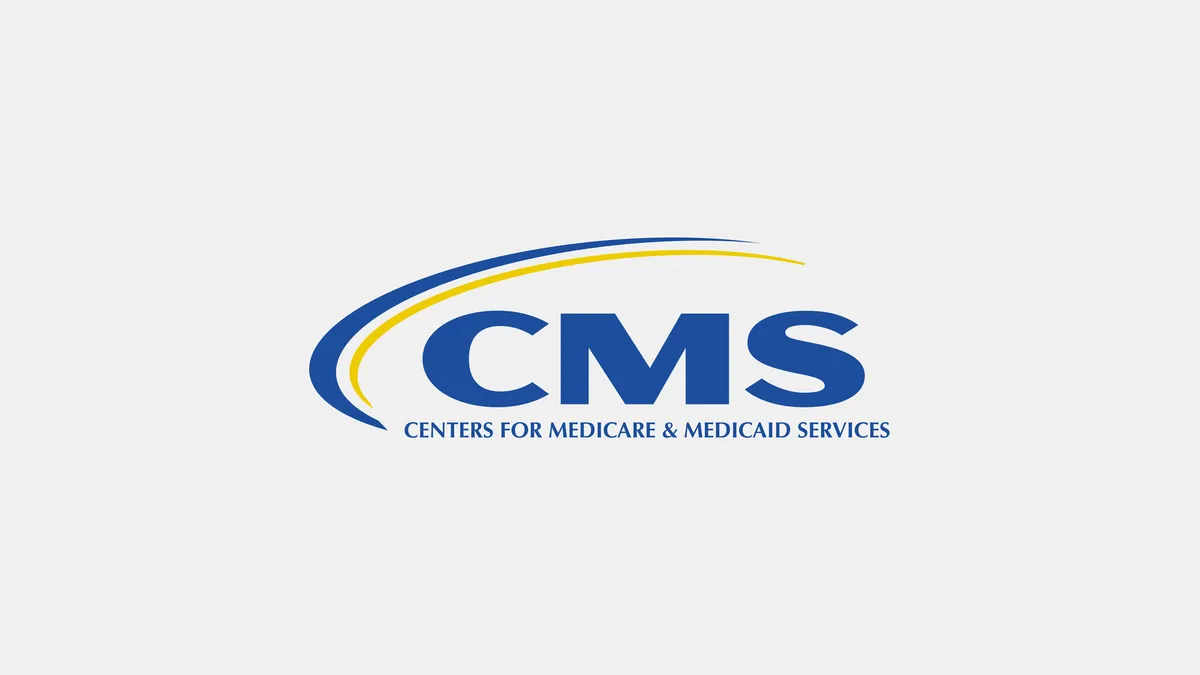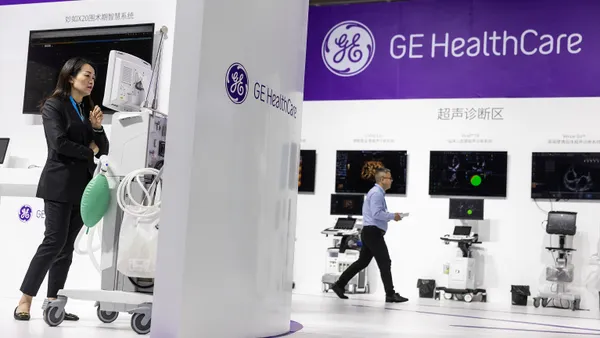Dive Brief:
- The medical device industry is raising concerns over CMS' proposed mandatory radiation oncology alternative payment model, arguing it will pose financial challenges for rural providers and those with low patient volumes. AdvaMed and Varian argued in comments for a hardship exemption — similar to the Comprehensive Joint Replacement Model and the Merit-based Incentive Payment System — for such providers.
- The RO model, unveiled in July, would examine the effectiveness of site-neutral episode-based payments for treatment of 17 cancer types to radiotherapy providers and suppliers in randomly selected geographic areas. The model is estimated to save Medicare $260 million over a five-year period.
- AdvaMed, Varian, ViewRay and Hitachi all urged CMS to delay implementation to July 2020, saying more time is needed for device companies, electronic health vendors and providers to prepare. CMS originally asked for feedback on a start date of Jan. 1, 2020 or April 1, 2020, in its proposed rule. Epic, a major EHR vendor, went further, arguing the model should not be implemented until January 2021.
Dive Insight:
CMS argues the mandatory model will help it evaluate if episode payments to hospital outpatient departments and freestanding radiation therapy centers can maintain or enhance care while reducing Medicare spending.
AdvaMed said it supports CMS' use of four quality measures and the CAHPS Cancer Care Survey for Radiation Therapy to adjust payments. The trade group said CMS should work to develop outcome measures such as a radiation toxicity measure to test and eventually include in the model.
Varian argued CMS should reduce the scope of the model from 40% to 7-10% of radiation oncology episodes and reconsider mandatory participation requirements, saying the proposal "goes far beyond any other CMS demonstration pilot" and could limit patient access to treatment.
"The disproportionate level of participation is well beyond the scope of what is needed in the first year to test the objectives and appears to be driven solely by the desire to attain significant savings," the company wrote in its comment.
But the American Medical Association told CMS it "strongly supports the development of better payment models for radiation oncology," adding the proposed model would "give physicians greater flexibility to deliver services and enable them to deliver lower-cost treatments without being financially penalized."
Despite its overall support, AMA agreed a voluntary limited scale model is more appropriate than a mandatory model and expressed support for boosting model payments for services in rural areas.
Accuray, a medical device company that among other things manufactures CyberKnife, stands to benefit from the RO model due to estimated payments for prostate cancer, Cowen analysts wrote in a Tuesday equity research note.
"Payments for breast and lung cancers appear mostly comparable between the models for ARAY. However, with prostate cancer, five-fraction [stereotactic radiation therapy] could command a payment of $21,958 under the 2020 RO-APM, which is nearly $6K higher than the $16,015 ARAY typically receives under the 2019 fee-for-service model," Cowen's Joshua Jennings and Harris Iqbal wrote.
AdvaMed warned the model doesn't provide adequate reimbursement for patients with multiple radiation therapy modalities, "such as a form of external beam radiation in combination with brachytherapy, within the same 90- day episode."
"We understand that these episodes were used in the calculation of the national base rates. However, we are concerned that the RO Model has no financial safeguards in place for complex cases, which will put practices and hospitals at financial risk for delivering clinically appropriate care to their patients," the trade group wrote.












